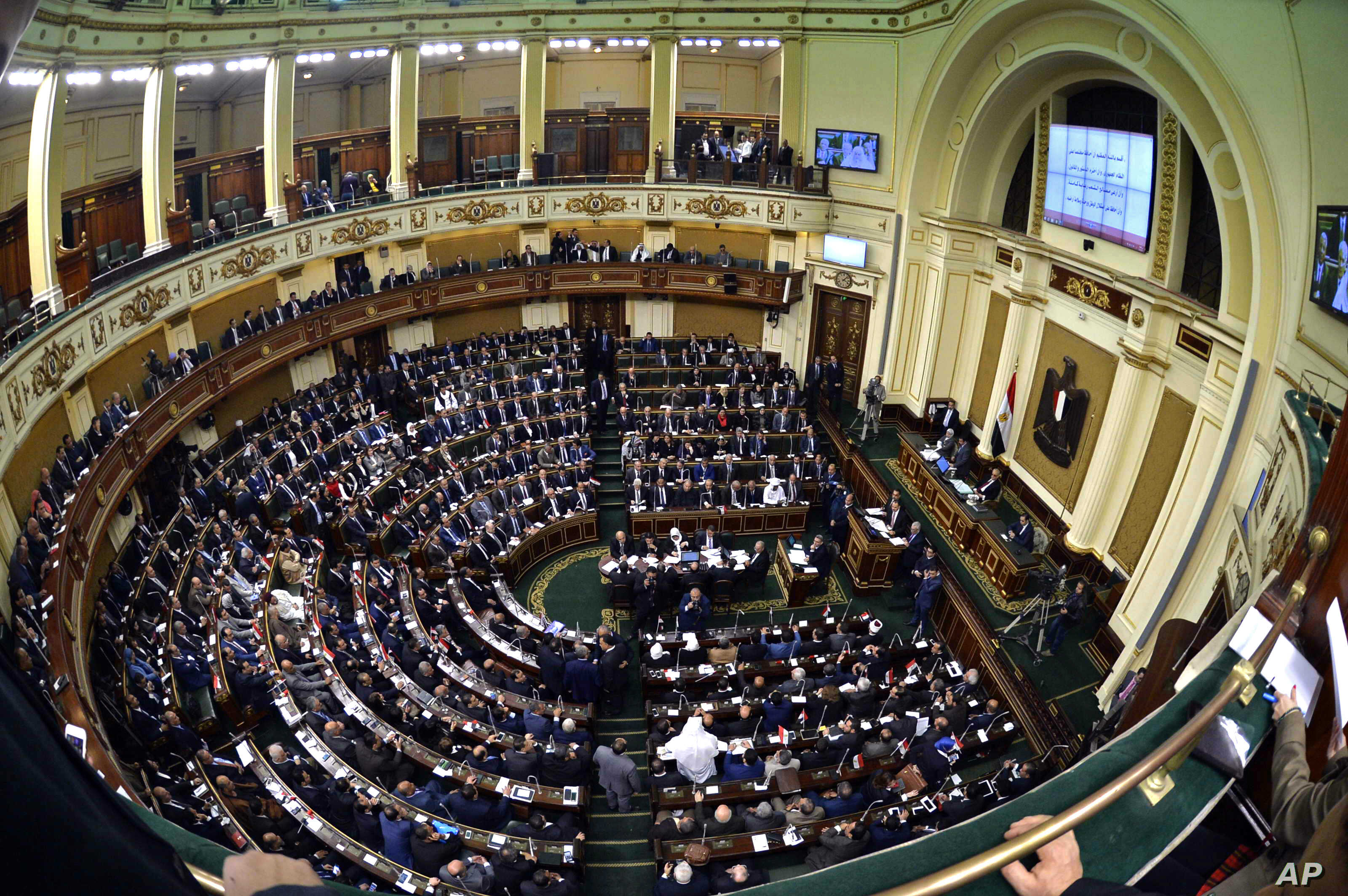
CAIRO, Nov 25 (MENA) – Voting for the second phase of Egypt’s 2025 parliamentary elections concluded at 9 p.m. Tuesday across 13 governorates, with ballot counting immediately underway at local polling stations, the National Elections Authority said.
Polls remained open for voters present inside the polling premises at closing time to ensure that all eligible citizens were able to cast their ballots. The counting process will record detailed results, including the number of registered voters, actual turnout, valid and invalid votes, and the votes each candidate received. Local results will be sent to general committees and election observers, and subsequently to the National Elections Authority.
The second phase covered 13 governorates: Cairo, Qalyubia, Dakahlia, Monufia, Gharbia, Kafr El-Sheikh, Sharqia, Damietta, Port Said, Ismailia, Suez, North Sinai, and South Sinai. A total of 34.6 million voters were eligible to participate across 73 constituencies and 5,287 polling stations. Some 1,316 candidates contested 141 individual seats, alongside proportional representation lists in East Delta, Cairo and Central and South Delta sectors.
The first part of the second phase of the House of Representatives elections, which involved voting by Egyptians residing abroad, was conducted at Egyptian diplomatic missions last Friday and Saturday. The second part was held inside the country over the past two days, from nine am to nine pm, under the supervision of advisers from the State Lawsuits Authority and the Administrative Prosecution Authority.
International observers from the Arab League, African Union, Organization of Islamic Cooperation, Mediterranean Parliamentary Assembly, and the Arab Organization for Election Management, alongside local civil society groups and media, monitored the process.
The elections authority implemented several measures to facilitate participation, particularly for seniors and people with disabilities. Polling stations were mostly located on ground floors, equipped with QR codes for mobile access to voting instructions, informational material on procedures, ballots in sign language for the hearing impaired, and Braille ballots for visually impaired voters. Ballots clearly indicated the number of seats to be selected in each constituency to prevent invalid votes.




